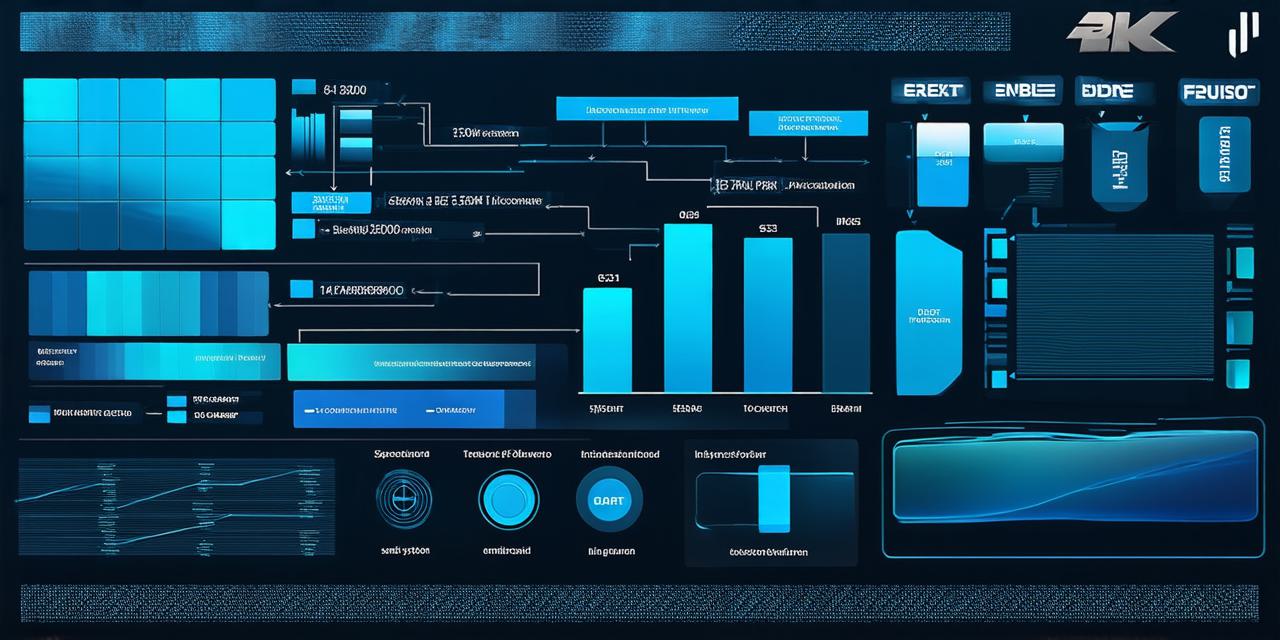Digital system design is a crucial aspect of any organization that wants to stay competitive in today’s digital landscape. It involves the creation and implementation of systems, processes, and products that are designed with users in mind.
What is Digital System Design?
Digital system design can be defined as the process of designing and creating digital systems, processes, and products that meet the needs of users. These systems can include websites, mobile apps, software applications, and other digital technologies that are used to interact with customers and employees.
The goal of digital system design is to create a seamless and intuitive user experience that enhances the efficiency, productivity, and satisfaction of users. This involves understanding user needs and behaviors, designing interfaces that are easy to use, and implementing systems that are scalable, secure, and reliable.
Why is Digital System Design Important?
Digital system design is important for several reasons:
- User Experience: The success of any digital system depends on the user experience it provides. A well-designed system that is easy to use and meets the needs of users will result in higher engagement, increased loyalty, and more sales.
- Competitive Advantage: In today’s digital landscape, companies that are able to provide a superior user experience will have a competitive advantage over their competitors. Digital system design can help organizations stay ahead of the curve by creating systems that are more efficient, productive, and user-friendly than those of their competitors.
- Cost Savings: Digital systems that are well-designed and optimized can result in significant cost savings for organizations. By automating processes, reducing waste, and improving efficiency, digital system design can help companies save time and money while increasing productivity.
- Security and Compliance: With the increasing prevalence of cyber threats and data breaches, it is essential that digital systems are designed with security in mind. Digital system design can help organizations ensure that their systems are secure and compliant with relevant regulations and standards.

Case Studies
Let’s take a look at some real-life examples of how digital system design has helped companies achieve success:
- Airbnb: Airbnb is an excellent example of a company that has prioritized user experience in its digital systems. The platform is designed to be easy to use, with clear and intuitive interfaces that make it simple for users to find and book accommodations. This focus on user experience has helped Airbnb become one of the most successful and profitable companies in the world.
- Amazon: Amazon is another great example of a company that has prioritized digital system design. The e-commerce giant has created a seamless shopping experience that is easy to use and provides customers with a wide range of products and services. This focus on user experience has helped Amazon become one of the most valuable companies in the world.
- Zoom: With the rise of remote work and virtual meetings, Zoom has become an essential tool for businesses and individuals around the world. The platform is designed to be easy to use, with clear and intuitive interfaces that make it simple to schedule and participate in video calls. This focus on user experience has helped Zoom become one of the most popular and successful video conferencing platforms in the world.
Research and Experiments
There is a wealth of research and experiments available that demonstrate the importance of digital system design. For example, a study by Nielsen Norman Group found that users spend 80% of their time on websites searching for information, yet only find what they are looking for 20% of the time. This highlights the importance of creating systems that are easy to use and provide users with the information they need quickly and efficiently.
Another study by IBM found that companies that prioritize user experience are 2.5 times more likely to be successful than those that don’t.



